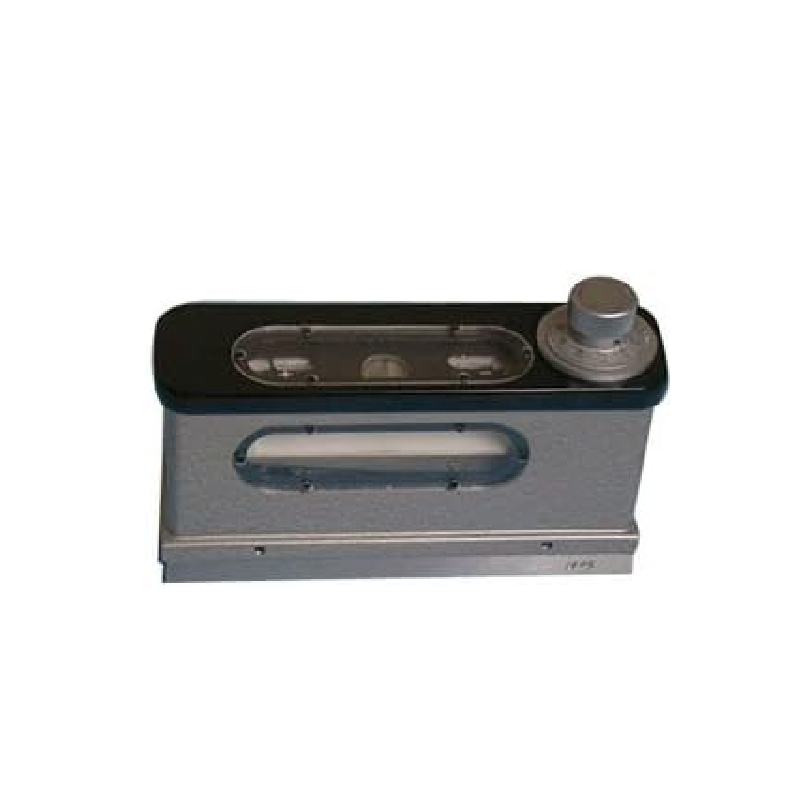Dez . 23, 2024 05:11 Back to list
3d welding table
The Importance of 3D Welding Tables in Modern Fabrication
In the ever-evolving realm of fabrication and manufacturing, precision and efficiency are paramount. One of the innovations that have significantly impacted this field is the advent of 3D welding tables. These specialized surfaces have transformed traditional welding processes, offering fabricators unparalleled advantages in design, accuracy, and workflow management.
What Are 3D Welding Tables?
3D welding tables are robust frameworks designed specifically for welding processes. Unlike conventional welding tables, which typically offer a flat surface, 3D welding tables incorporate a grid or modular setup that allows for extensive customization. This versatility enables welders to adjust the setup according to the specific requirements of the project, ranging from simple repairs to complex assemblies. The 3D design often includes features such as modular clamps, slots for fastening, and a variety of attachments that facilitate a seamless workflow.
Benefits of 3D Welding Tables
1. Enhanced Precision One of the most significant advantages of 3D welding tables is their ability to maintain accuracy during welding. The modular design allows welders to secure components firmly, reducing the chances of distortion during the welding process. This precision is crucial, especially in industries where even minute deviations can lead to significant structural weaknesses.
2. Improved Ergonomics The adjustable nature of 3D welding tables means that they can be customized to suit the height and reach of the operator. This customization helps to minimize the physical strain on welders, leading to improved comfort and productivity. Workers can focus on the task at hand without the distractions of poor posture or repeated adjustments.
3d welding table

3. Increased Efficiency In a fast-paced manufacturing environment, efficiency is key. 3D welding tables allow for quick setup and teardown, which is vital when switching between different projects. The integrated features, such as grid lines and alignment tools, expedite the measurement and alignment processes, thus reducing downtime.
4. Versatility 3D welding tables cater to a wide range of applications across different industries, including automotive, aerospace, and industrial machinery. Whether dealing with lightweight components or heavy assemblies, these tables can accommodate various needs, making them a valuable asset in any workshop.
5. Cost-effectiveness Although the initial investment in a high-quality 3D welding table may seem considerable, the long-term benefits often outweigh the costs. Improved precision and efficiency translate to better-quality products and reduced waste, ultimately leading to significant savings for manufacturers.
Applications of 3D Welding Tables
3D welding tables are utilized in a multitude of settings. In the automotive industry, they are employed for fabricating frame components and exhaust systems, where precision is critical for safety and performance. In aerospace, these tables facilitate the assembly of intricate parts, ensuring that the strict tolerances required for flight are met. Additionally, they are increasingly found in robotics and automation, where consistent and precise welding is necessary for the creation of complex assemblies.
Conclusion
In conclusion, 3D welding tables represent a significant advancement in the field of fabrication and manufacturing. Their unique benefits—ranging from enhanced precision and ergonomics to increased efficiency and versatility—make them indispensable tools for modern welders. As industries continue to demand higher standards of quality and efficiency, investing in a 3D welding table can yield substantial returns, pushing the boundaries of what is possible in welding and fabrication processes. As we move forward, embracing such technologies will be crucial for staying competitive in a rapidly changing market.
-
Why Metric Trapezoidal Thread is Ideal for Precision Motion ControlNewsAug.05,2025
-
The Unique Properties of a Block of Granite for Industrial UseNewsAug.05,2025
-
The Role of Flanged Y Strainers in Preventing Pipeline ClogsNewsAug.05,2025
-
The Importance of Regular Calibration for Master Ring GagesNewsAug.05,2025
-
How a Cast Iron Surface Table Enhances Accuracy in ManufacturingNewsAug.05,2025
-
Comparing Different Check Valve Types for Optimal Flow ControlNewsAug.05,2025
Related PRODUCTS









